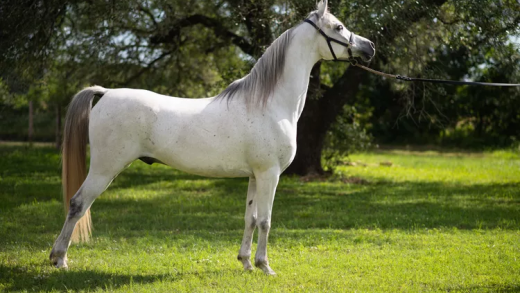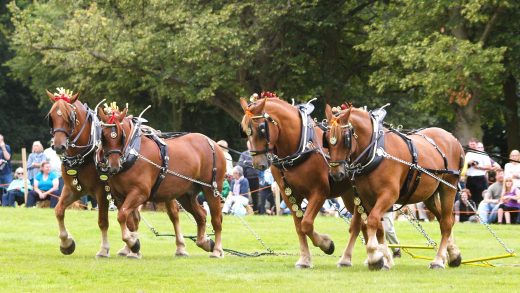
Table of Contents
Introduction: Common Dog Behavior
Dogs are cherished members of many households which bring joy, companionship, and sometimes a bit of chaos into our lives. Dogs are beloved companions, but their behaviors are often endearing, certain actions like excessive barking, jumping, and destructive chewing can become problematic. These behaviors are the most common issues that dog owners face. It can lead to frustration on both sides. Understanding why dogs do these behavior’s and learning how to manage them effectively can lead to happier and enhance the bond with your dog. In this article we will learn why these dog behaviors occur and how to manage them in detail.
Barking
Barking is the normal way for dogs to communicate, which serves various purposes from alerting their owners to potential dangers to expressing excitement. However, when barking becomes excessive, it can become a nuisance and frustrating for dog owners and disturbance for neighbours. Dogs may bark for various reasons. Addressing the issue effectively requires understanding the underlying causes and implementing appropriate training techniques.

Identifying the cause
The first step in managing excessive barking is to determine the cause. Dogs bark for various reasons. Some of them are:
- When dogs are alone for extended periods, they may bark out of boredom and loneliness.
- Dogs may bark when they hear or see other animals or unfamiliar sounds.
- Dogs also bark because of anxiety or fear of certain stimuli.
- Some dogs bark to gain their owner’s attention.
- Dogs bark to protect their territory from humans or animals.
Training techniques
- Avoid giving attention to your dog when they bark for it. Wait for a moment of silence before giving attention to reinforce that quietness is rewarded.
- Gradually expose your dog to the triggers that cause barking. This will help your dog to slowly build confidence.
- Train your dog with a command “Quiet”, when your dog barks say “quite” in a firm, calm voice.
- Regular physical and mental activity will reduce boredom and excess energy.
Chewing
Chewing is a natural and necessary dog behavior for dogs, especially for puppies who are teething. However, it can become problematic when chewing becomes destructive. They chew furniture, shoes, or other household items which can be a significant problem for dog owners. Understanding why dogs chew and implement strategies to redirect their chewing to appropriate items can help to manage this behavior.

Understanding the causes
- Puppies chew to relieve the discomfort of teething.
- Lack of physical and mental stimulation can lead to destructive chewing.
- Some dogs chew to gain attention from their owners.
- Dogs use their mouth to explore their environment.
- Chewing can be a self-smoothing activity for dogs experiencing anxiety.
Training Techniques
- Redirect to appropriate chew toys, if you catch your dog chewing something inappropriate, calmly remove it and offer a suitable toy instead.
- Use taste deterrents to furniture or other items you want to protect from chewing.
- Praise and reward your dog when they chew on appropriate items.
- Engage your dog in interactive play with toys to build a positive association with their chew items.
Jumping
Jumping is a common dog behavior. They often jump on people as a form of greeting or to seek attention. It can be endearing in puppies but it becomes problematic as dogs grow larger and stronger. Training a dog to greet politely can prevent this behavior and make interactions more pleasant for everyone involved.

Understanding the causes
- Dogs often jump when they are excited to see their owner, a family member, or a visitor.
- They jump to get noticed and receive attention, even if it’s negative.
- Dogs naturally greet each other face-to-face, so they may try to do the same with humans by jumping up to reach our faces.
Training Techniques
- When your dog jumps on you, turn away and ignore them.
- Give command training like “Off” or “Down” and reinforce them with positive rewards.
- Train your dog to sit or perform other calm behaviour when greeting people.
- Ask visitors to ignore your dog when they jump and only interact when the dog is calm.
Some general tips to maintain dog behavior
- Use consistent command and response for behaviour. Mixed signals can confuse your dog.
- Be patience and persistent, it takes time to train your dog.
- Provide regular physical and mental exercise.
- Train your dog to perform specific commands like “sit”, “stay” and “quiet”.
- If you’re struggling to manage your dog’s behavior, consult a professional trainer.

Conclusion
Barking, chewing and jumping are common dog behaviors that can be managed effectively with the right approach. By understanding the causes of these behaviors and implementing consistent training techniques, you can address and correct these issues which will help to lead to a more enjoyable and stress-free life with your dog. With time and effort, your dog can learn more desirable dog behaviors and strengthen the bond between you and your dog. Remember patience and persistence are key.
Image Source: Getty Images
Also read about Puggle Dog: Breed Guide and Some Helpful Tips About Them 2024
















